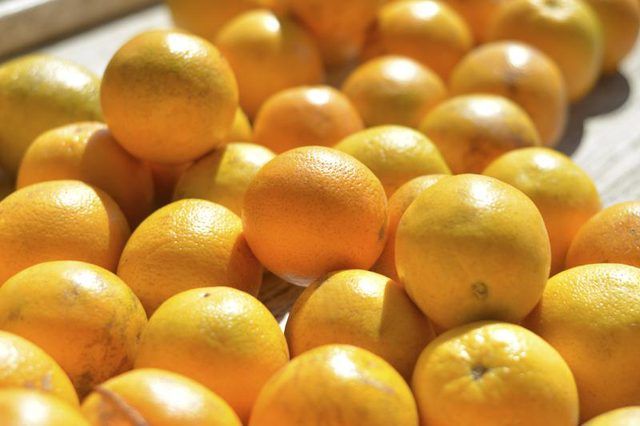Bulbs
Flower Basics
Flower Beds & Specialty Gardens
Flower Garden
Garden Furniture
Garden Gnomes
Garden Seeds
Garden Sheds
Garden Statues
Garden Tools & Supplies
Gardening Basics
Green & Organic
Groundcovers & Vines
Growing Annuals
Growing Basil
Growing Beans
Growing Berries
Growing Blueberries
Growing Cactus
Growing Corn
Growing Cotton
Growing Edibles
Growing Flowers
Growing Garlic
Growing Grapes
Growing Grass
Growing Herbs
Growing Jasmine
Growing Mint
Growing Mushrooms
Orchids
Growing Peanuts
Growing Perennials
Growing Plants
Growing Rosemary
Growing Roses
Growing Strawberries
Growing Sunflowers
Growing Thyme
Growing Tomatoes
Growing Tulips
Growing Vegetables
Herb Basics
Herb Garden
Indoor Growing
Landscaping Basics
Landscaping Patios
Landscaping Plants
Landscaping Shrubs
Landscaping Trees
Landscaping Walks & Pathways
Lawn Basics
Lawn Maintenance
Lawn Mowers
Lawn Ornaments
Lawn Planting
Lawn Tools
Outdoor Growing
Overall Landscape Planning
Pests, Weeds & Problems
Plant Basics
Rock Garden
Rose Garden
Shrubs
Soil
Specialty Gardens
Trees
Vegetable Garden
Yard Maintenance
Why Do Oranges Split Open on the Tree?
Why Do Oranges Split Open on the Tree?. Once you've got an orange tree (Citrus sinensis) established, it usually consistently produces good crops. Sometimes problems occur, such as splitting fruit, non-juicy oranges or oranges that that have poor taste. Often a number of factors interact to cause these problems. **Modifying tree care can help with...

Once you've got an orange tree (Citrus sinensis) established, it usually consistently produces good crops. Sometimes problems occur, such as splitting fruit, non-juicy oranges or oranges that that have poor taste. Often a number of factors interact to cause these problems. Modifying tree care can help with fruit splitting, but dry fruit, or granulation, is a tree disorder that's not well understood. Orange fruit taste is affected by different factors, such as picking fruits early or late in their maturation cycle.
Splitting Fruit
Navel oranges (Citrus sinensis "Washington Navel" and other navel varieties) are most commonly affected, but "Valencia" oranges (Citrus sinensis "Valencia") may also split. Developing green fruits begin cracking open toward the bottom or navel end where the rind is thinnest, usually from September through November. The crack can be shallow or can go to the fruit's center. Fruits crack because they become dehydrated and then rapidly take on more water. The exact causes may be hard to determine, but dry soil, drying winds, high fertilizer levels and hot temperatures are often involved.
Preventative Practices
Help prevent split oranges by giving trees adequate, even moisture. Water whenever the top 2 inches of soil become dry, soaking the soil to 2 feet deep in the tree's root zone, which often extends beyond the edge of the branches. If drying winds are predicted, water orange trees in advance of the winds.
Fertilize trees with several small fertilizer applications during the growing season rather than one large, heavy dose. For trees more than 8 years old, the University of Florida Extension recommends applying fertilizer three times a year during January or February, May or June, and October or November. Use a citrus fertilizer such as 6-6-6, applying 1 cup for every year of the tree's age evenly around the tree in a circle twice the diameter of the tree's branches. Water the tree thoroughly after application.
Dry Fruit
Granulation affects different kinds of citrus trees, including oranges. It can develop on the tree or during storage. The juice in the fruit pulp sacs turns to gel rather than remaining liquid. You can't tell from looking at the fruit from the outside whether it's granulated or not. Although the cause isn't known, some factors that may affect granulation are cool, dry, windy weather; formation of large but few fruits; fast tree growth rate; and high temperatures during blossoming.
Skin Color
An orange fruit forms over a period of months, about seven to 12 months for navel oranges and 12 to 15 months for "Valencia." If you pick an orange early, it stops ripening and doesn't have the characteristic sweetness or taste. A navel orange can have bright skin color in winter and still not be ripe. Conversely, "Valencia" oranges can turn from orange to partially green during warm summer periods, called regreening, but the fruit is sweet and ripe inside. Pick and sample fruits occasionally to determine when they're best to eat.
Other Factors
Navel oranges don't keep as well on the tree after they're ripe as do "Valencia" oranges. Over-mature navels soften and begin to dry out, especially on the stem end.
Oranges are damaged or killed by cold temperatures, and are hardy to U.S. Department of Agriculture plant hardiness zones 9 through 11. Orange fruits are damaged by temperatures 32 degrees Fahrenheit or below. Frozen oranges left on the tree shrink and dry out.
Sour Oranges
If you have an orange tree that gives you sour oranges rather than sweet ones, you probably have a sour orange (Citrus aurantium, hardy to USDA zones 9 through 11). They're grown as ornamentals. The bright orange fruit resembles sweet orange but has thicker, rougher skin and sour pulp. Sometimes they're used as rootstock for sweet oranges, so if the top grafted part dies, the rootstock can regrow into a sour orange tree.